“It’s a mashup between a 90s British romcom and a period drama”: Director Emma Holly Jones on Mr Malcolm’s List
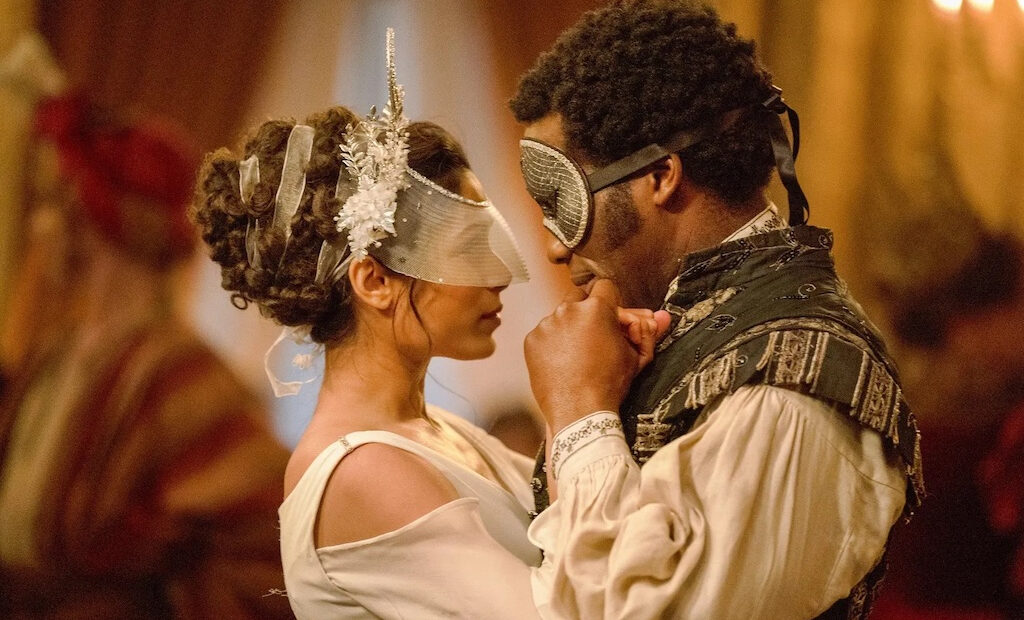
Mr Malcolm’s List is a playful subversion of the regency costume drama, a genre which seems to perpetually occupy a space in the cultural zeitgeist. Whether it be Autumn de Wilde’s Emma, or the cultural behemoth and expansive influence of Bridgerton, this genre appears to grow stronger in a world where merry escapism grows ever more necessary. Based on the novel of the same name by Suzanne Allain, who also penned the film’s screenplay, Mr Malcolm’s List finds director Emma Holly Jones in her feature debut imbuing the much-loved genre with the quaint sensibility of a quintessentially British romcom to charmingly irreverent effect.
The Upcoming had the good fortune to speak to Jones about this genre fusion, the inception of the project and where she believes the films sits in the recent canon of regency dramas.
What can audiences expect from Mr Malcolm’s List?
Mr Malcolm’s List is a very feel-good romcom, which I like to say is a mashup between a 90s British romcom and a period drama. It is about a man named Jeremy Malcolm who has a list of requirements for a bride. He jilts a young society lady named Julia Thistewaite who is set upon revenge and enlists her friend, Selina Dalton – but obviously, things don’t go to plan as they never do in a good romcom!
Was the fusion of British romcom and period drama something which came from the script or something that you projected onto the story?
I think I projected it onto it to an extent. What’s good to mention is that I was very much looking for material that harks back to those movies that I loved in the 90s, whether it was Richard Curtis or Nora Ephron. Those were the films I grew up adoring, and I just hadn’t seen one in such a long time, so that’s what I was really looking for. When I found Malcolm it had some of that dry wit that I think tonally is so fun in those films, and that’s what I was drawn to initially and the period thing sort of came second. I had such a great time researching and building a world with its own rules and having a lot of fun in this space and, as I said, just creating a feel-good, romantic, witty comedy.
Was hearing the script for the first time a lightbulb moment where you knew you wanted this to be your debut feature?
Massively. As someone who’s now on the back end of that journey, I feel like I’m looking for that lightbulb moment again right now. Because (the script) was so specific, I couldn’t stop listening and then I obviously got my hands on the actual script and read it. It just had so much fun in it. I’m not saying that whatever I end up doing next will end up being a period film – it could be a completely different genre – but it is that spark of inspiration that anybody is looking for, especially with your first film when you have no clue if it’s ever going to get made right at the beginning. You’ve just got to believe in it enough to go on the journey
While making the film, were the genre expectations set by recent, hugely successful period dramas informing the process?
No, because I found the script seven years ago, so it was before Emma and Bridgerton, and then I made the short film in 2018 which was before those two projects too, so I was very much in my own creative brain space with it in 2018. Don’t get me wrong, when you’re making a period film that is Jane Austen fan fiction to an extent, you know the group of movies you are joining, and I just had the time of my life revisiting them all and going back to them. I really wasn’t this big regency fan or Jane Austen fan. Ironically I’m named after Jane Austen’s Emma, which is a fun fact that my mum has been sharing a lot lately! But it was a really fun set of movies to dive into. I fell in love with Ang Lee’s Sense and Sensibility and Joe Wright’s Pride and Prejudice, and then Bridgerton and Emma happened in between the short and the feature. I actually think they are completely different projects tonally. Autumn de Wilde’s Emma has this wonderful, poppy, contemporary colour palette which was something I really enjoyed in that movie. Bridgerton is kind of the show we all love to hate, but the tone is completely different. From the first shot of Bridgerton I was thinking, “Oh, this is nothing like my movie”. I think there was someone’s backside against a tree! But, you know, same time period.
Could you talk a little about the beautiful composition of shots in the film?
One of the first things that cinematographer Tony Miller and I talked about when shooting the film and in prep was the lighting. We didn’t want the look to be too contemporary. We wanted to look back to the more classic, naturalistic, and pastoral, looking at paintings of the time, the “no-light light look”, the idea that you use practical sources for everything. Candles, moonlight, sunlight, things that made the frames feel very naturalistic. And then once we had discussed lighting, we broke the shots up into three sections. One, we wanted these big, epic wides wherever we could afford to do them because there was a low budget. There were so many shots where I was limited because I didn’t have a huge VFX budget and there was a pylon or a contemporary street or tarmac. But anywhere we could get those big, epic wides, we did, which I think is a real hark back to the classics. Then, there were big, Hollywood beauty close-ups. The third thing was then Steadicam and that medium shot with a fluidity that links the two together. We were so lucky to have Steadicam operator, Alessandro Brambilla, who came and shot the entire movie. Watching him shoot those one-shots, for me, was just magical. He’s so good at what he does. And the dance, you can’t talk about Alessandro and not mention the dance. He was literally on the dancefloor dancing with them and he’s a six-foot-two Italian man! So it really was epic wides, beauty close-ups, and these medium Steadicams to connect it all together. I love talking about it, and you’d be surprised how many people don’t talk about it, so it’s fun to talk about that side of it because that’s the part I really adore.
How important was having the short film as a reference point going into the production of the feature?
Without the short film, I don’t know if a first-time feature director would have gotten the film financed, so on the business side, it was crucial as a proof of concept. I think it’s quite financially risky for first-timers to be doing period dramas. But also, for me, it’s an incredible opportunity to get to throw some stuff at a wall and see what sticks. If you’ve seen the short, so much that was built in it carried through into the feature, from cast to heads of department. One of the fun things about the short film was Divian Ladwa and Sianad Gregory who played John and Molly in the feature. They were two friends of mine and the casting director, Tamar Notcutt, and they came down to help us as background on the short film set. Divian came up to me one day and said “I have an idea of how I’m going to get myself into this scene”, and he pitched an idea of the footman running up the stairs and tweaking the thing in the short film. He just did it, and it was so funny. (Those characters) were never in the book, they were never in the script, and so these two actors created these characters in the short film and we improvised their roles through the entire movie, all the way to the end. So I guess I have a lot to thank the short film for.
Matthew McMillan
Mr Malcolm’s List is released nationwide on 26th August 2022.
Watch the trailer for Mr Malcolm’s List here:

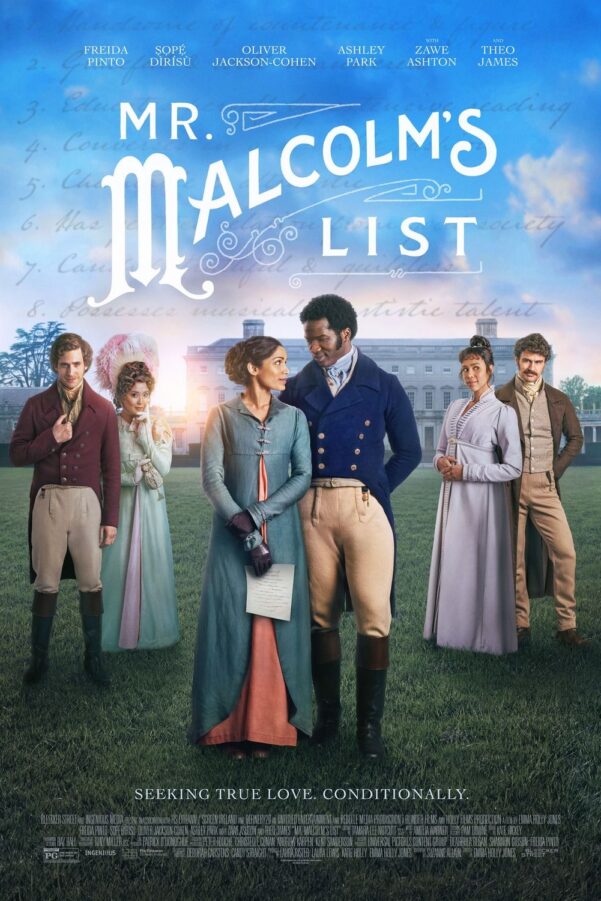
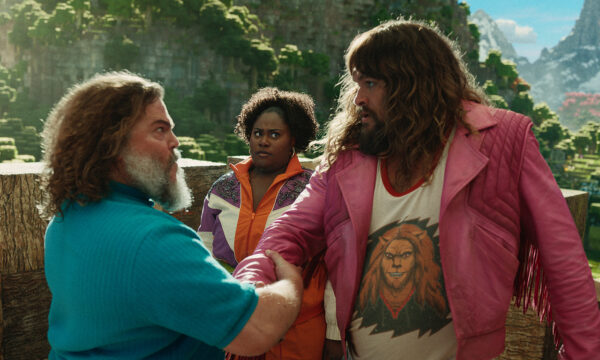
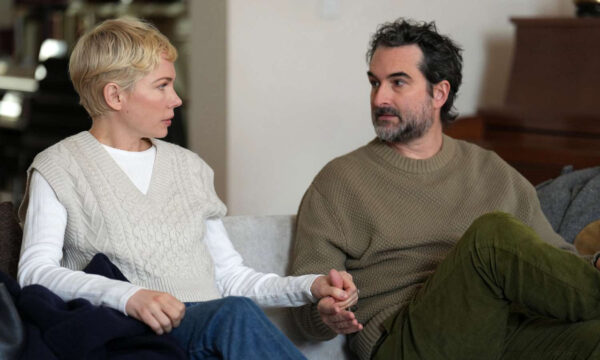
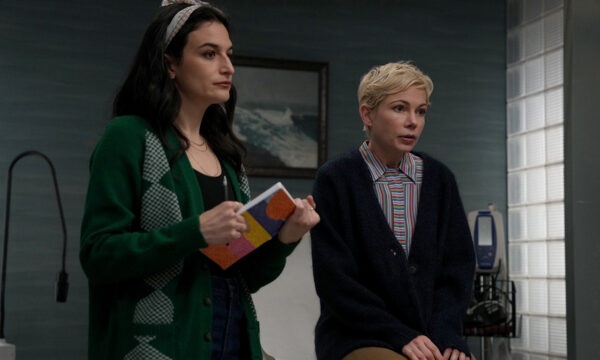
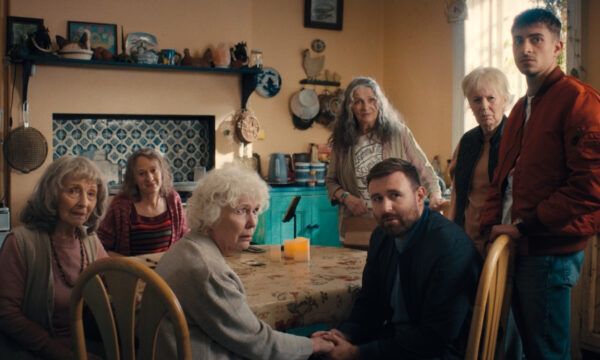
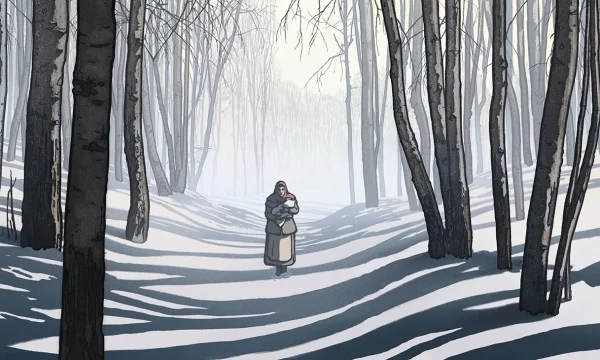
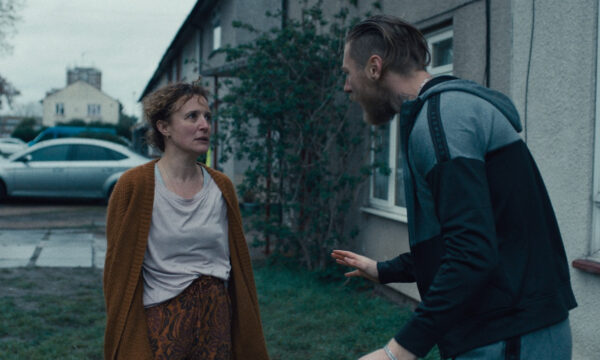
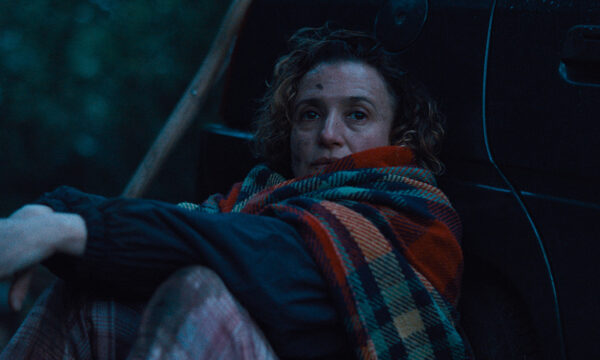
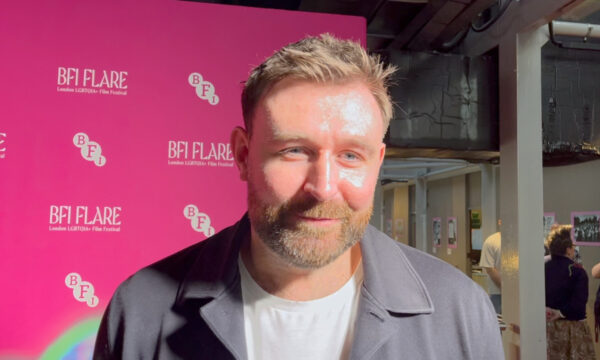










Facebook
Twitter
Instagram
YouTube
RSS